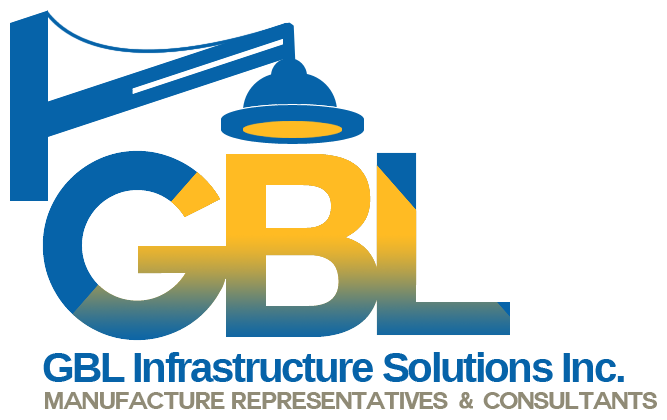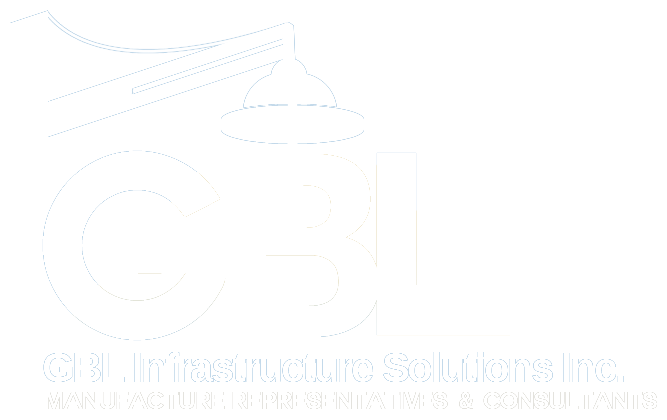Small Cell Poles in California Cities
Small cell poles are rapidly becoming an essential component of modern telecommunications infrastructure, particularly in urban and densely populated areas. Their primary function is to enhance network capacity and coverage, especially for next-generation wireless networks like 5G. Unlike traditional cell towers, small cell poles are much smaller and less obtrusive, making them ideal for deployment in areas where space and aesthetics are significant considerations.
Enhancing Network Capacity and Coverage
The main function of small cell poles is to boost network capacity and improve coverage. As the demand for mobile data continues to skyrocket due to the proliferation of smartphones, tablets, and IoT devices, existing cell towers struggle to handle the increased load. Small cell poles alleviate this pressure by offloading traffic from the macro network, thereby improving overall network performance and user experience. They provide localized coverage, which is particularly beneficial in areas with high user density, such as city centers, stadiums, and shopping malls.
Supporting 5G Deployment
Small cell poles are crucial for the rollout of 5G technology. California small cell 5G networks operate at higher frequencies, which provide faster data speeds and lower latency but have a shorter range compared to previous generations. To compensate for this reduced range, a denser network of small cells is required. Small cell poles, typically installed on existing street furniture like light poles, traffic lights, or specially designed structures, help create this dense network. They ensure seamless connectivity and support the ultra-fast data speeds promised by 5G, enabling applications like autonomous vehicles, smart cities, and advanced augmented reality experiences.
Aesthetic Integration and Flexibility
One of the advantages of small cell poles is their ability to blend into the urban environment. Traditional cell towers are often large and unsightly, posing challenges in terms of zoning and community acceptance. In contrast, small cell poles are designed to be less intrusive and can be integrated into existing infrastructure with minimal visual impact. This flexibility in deployment makes it easier for network operators to gain approval from local authorities and communities, facilitating faster and more widespread network expansion.
Supporting Internet of Things (IoT) Devices
The Internet of Things (IoT) is driving an exponential increase in the number of connected devices, ranging from smart home appliances to industrial sensors. Small cell poles play a critical role in supporting this growth by providing the necessary network coverage and capacity. 5G smart poles enable reliable, low-latency communication for a vast array of IoT applications, enhancing efficiency and connectivity across various sectors, including healthcare, transportation, and manufacturing.
Enhancing Public Safety and Services
Small cell poles also contribute to public safety and smart city initiatives. They can be equipped with additional technologies such as cameras, environmental sensors, and public Wi-Fi, providing valuable data and connectivity for municipal services. For instance, they can monitor air quality, manage traffic flow, and enhance security through real-time video surveillance. This multifunctionality transforms small cell poles into pivotal elements of urban infrastructure, supporting both communication needs and public services.
5G Smart Pole Infrastructure
Small cell poles are essential for modernizing and expanding wireless networks. They enhance network capacity and coverage, support the deployment of 5G, and integrate seamlessly into urban environments. By facilitating the growth of IoT and enhancing public safety and services, small cell poles are a cornerstone of the future’s connected and intelligent cities. To learn more about the future of lighting in your city, contact GBL today!


















